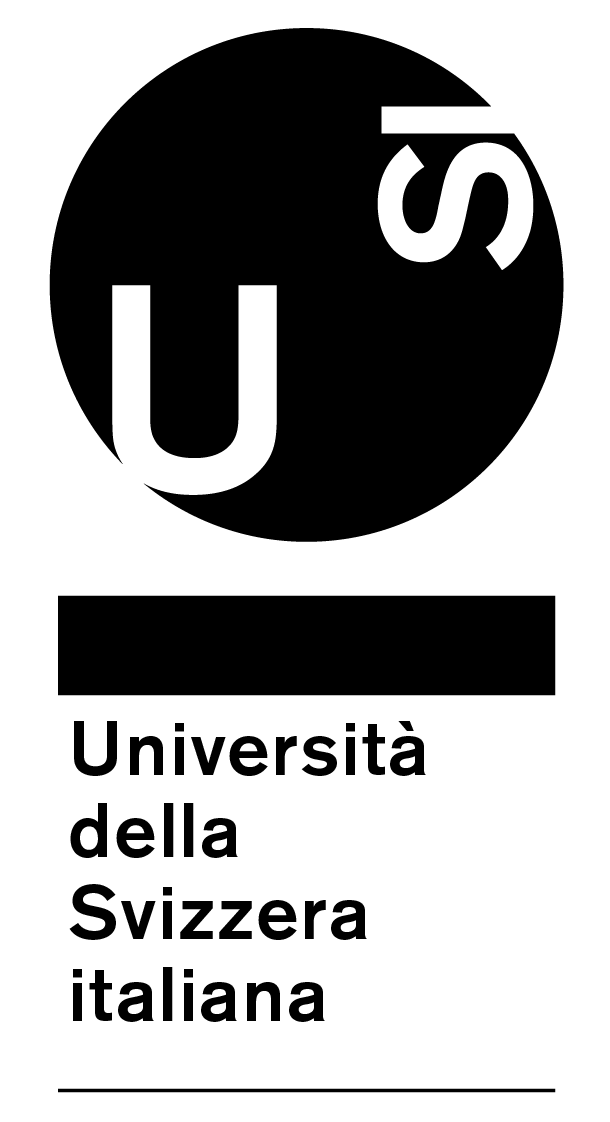Stimulating the Human Visual System Beyond Real World Performance in Future Augmented Reality Displays
1UNC Chapel Hill 2MPI Informatik 3Università della Svizzera italiana

Abstract:
New augmented-reality near-eye displays provide capabilities for enriching real-world visual experiences with digital content. Most current research focuses on improving both hardware and software to provide digital content that seamlessly blends with the real world. This is believed to not only contribute to the visual experience but also increase human task performance. In this work, we take a step further and ask the question of whether the capabilities of current and future display designs combined with efficient perception-inspired content optimizations can be used to improve human task performance beyond the human capabilities in the natural world. Based on an in-depth analysis of previous literature, we hypothesize here that such enhancements can be achieved when the human visual system is provided with content that optimizes the oculomotor responses. To further investigate possible gains, we present a series of perceptual experiments that built upon this idea. More specifically, we focus on speeding up accommodation response, which significantly contributes to the eye-adaptation when a new stimulus is shown. Through our experiments, we demonstrate that such speedups can be achieved, and more importantly, they can lead to significant improvements in human task performance. While not all of our results give definite answers, we believe that they reveal plentiful opportunities for further enhancing the human experience and task performance when using new augmented-reality displays.
Acknowledgements:
We thank Jim Mahaney for assistance with the design and construction of the experimental equipment. This project received funding from the European Research Council (ERC) under the European Union’s Horizon 2020 research and innovation program (grant agreement N° 804226 – PERDY) and from United States National Science Foundation (NSF) Award 1645463: Wide Field of View Augmented Reality Display with Dynamic Focus.
